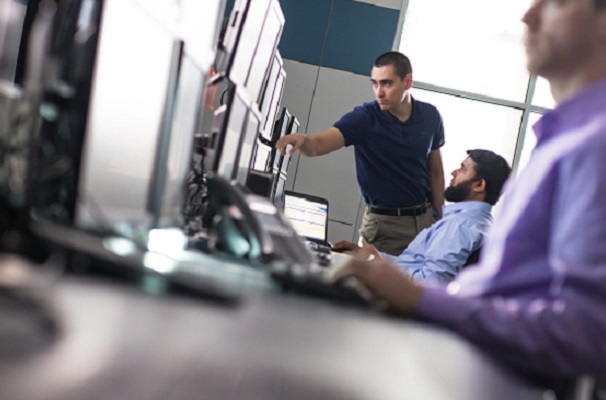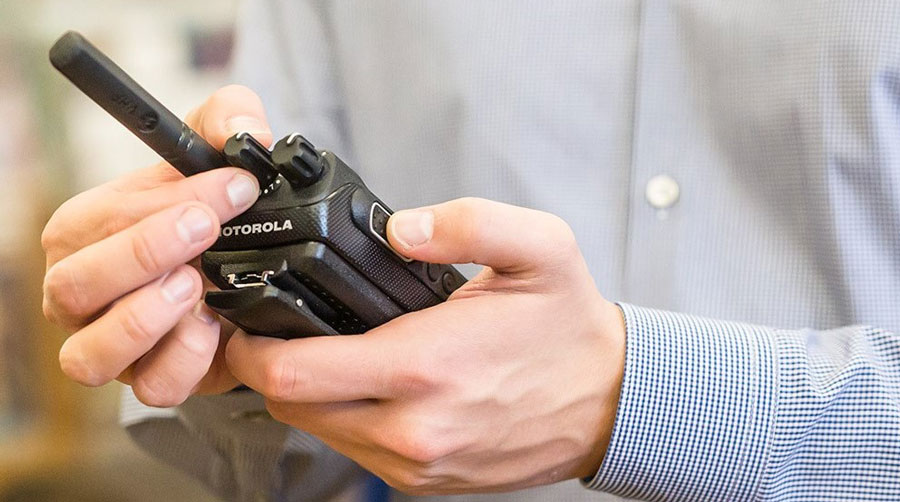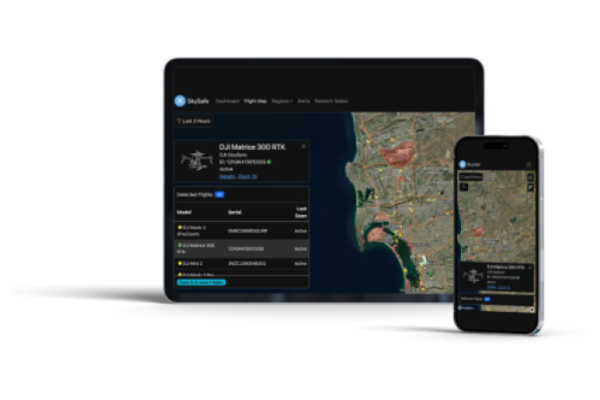The future of global air travel and aviation is full of opportunity. The IACO reports that airplanes transport 10 million passengers and roughly $18 billion USD worth of goods daily. As skies become busier and passenger expectations evolve, airports must embrace innovative technologies and security measures to ensure a safe, efficient travel experience for passengers. The aviation industry’s future depends on our ability to adapt and invest in solutions that address the demands of the increasingly busy transportation hubs of the future.
The first line of defense against potential threats is landside security
As the travel industry continues to grow, airports must be able to accommodate the increase in passenger flow. This implies airports have to strengthen security in landside areas such as roads, parking lots and terminal entrances to safeguard passengers and staff and deter criminal activities within the airport premises. Therefore, initial protection for the airport is provided by basic physical barriers such as fences, gates, and walls. AI-powered video surveillance and analytics systems, such as cameras and sensors, help identify and monitor objects and individuals of interest across large areas, extending security coverage. Security personnel can respond to threats quickly and efficiently due to real-time automated alerts, which increases overall safety and efficiency.
The aviation industry depends on efficient airside operations
Airports are vulnerable to security incidents. A comprehensive, multi-tiered security solution can be achieved by utilizing electro-optical systems, thermal imaging, and access control. This technological suite can maintain security throughout the airport’s boundaries, airfield, and coastal regions, regardless of weather conditions. This setup is adept at surveilling threats on land, in the air and at sea, regardless of poor visibility. Furthermore, ground personnel can be outfitted with sophisticated AI-enabled noise-cancellation devices to facilitate clear and uninterrupted communication.
Providing peace of mind to your passengers throughout their journey
Ensuring the safety and security of both passengers and staff is crucial at any airport. Business continuity is only achievable in an environment where safety is a priority. By equipping airport staff with body cameras, staff and personnel are able to deescalate unsafe situations while capturing first hand evidence via recording. As well as this, MOTOTRBO radios help provide efficient in-airport services that create an outstanding passenger experience, including ticketing, baggage handling, screening, customs and immigration, and terminal-to-aircraft transportation.
Leveraging technology for a safer and more efficient airport
Airport organizations need to leverage technology that reduces the time spent on administration, supplies relevant information when it’s required, and provides immediate situational awareness and coordinated collaboration to create a safe travel environment for passengers and workers.
Visit our safer airport infographic and find out how our technology is utilized in different scenarios.
Sources: IOCA Future of Aviation




